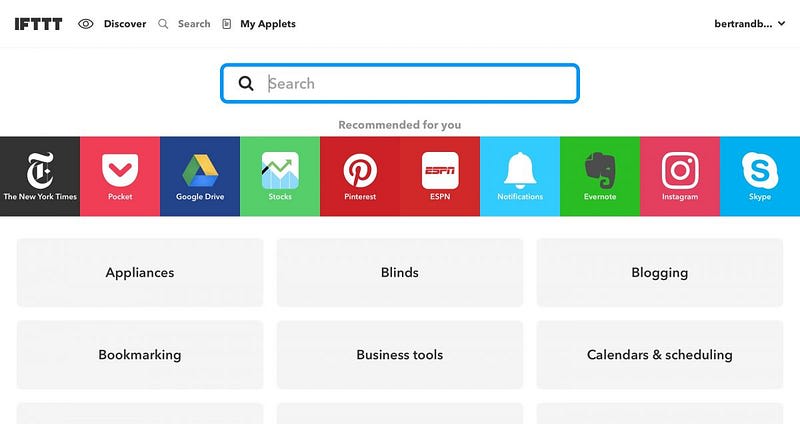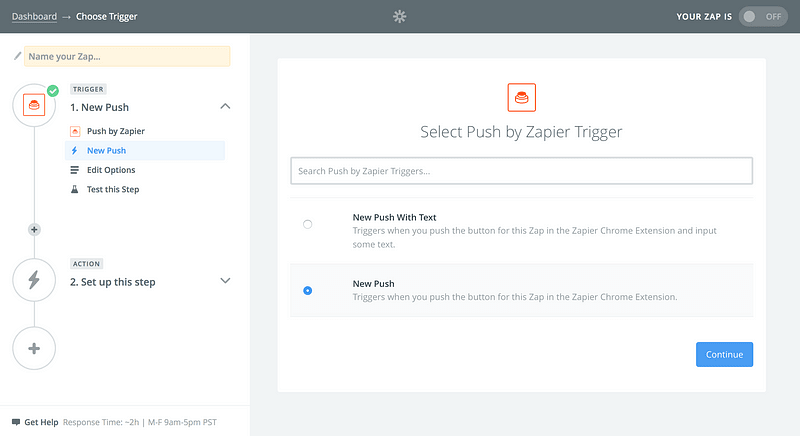Competition in the modern global marketplace demands automated workflows wherever they’re possible. This means the replacement or supplementation of human resources across many different fields. This can be difficult for the inexperienced to adopt, but luckily there are solutions available and in development that are easy to understand and implement.
Automation adds value through dramatically enhanced productivity. This frees up time and resources for more important things and puts you ahead of the curve. Traditionally, automation has required advanced programming and highly-trained (and expensive) engineers. Now, however, there are user-friendly workflow automation tools on the market to help you adapt.
Linx
Linx is a low-code integrated development environment (IDE) and server that designs, builds and integrates custom automated solutions. It enriches business by creating process-focused applications with technically complex tasks and multiple steps.
Use Cases
Linx can easily generate Windows processes, create and consume web services, integrate legacy or SaaS systems, automate data transfers, handle high volume file management, and more. It cultivates efficiency via automation of repeatable business processes. Linx is a great tool for rapid development and deployment of automated processes and web services.
Pros and Cons
- Pros: Features many pre-built integration plugins, comprehensive and easy integration, backend development, and low- or no-code operation.
- Cons: No simple graphic user interface, with all processes built and managed within the IDE and deployed to run in the background.
Further Info and Pricing
You can download and keep the designer tool for free. If you want to automate your application (that you’ve created in the designer), then you need the Application Server. The cloud server is charged per hosted application, starting at $149 per month. Premium support for another $99 per month).
IFTTT
IFTTT is already well-known for its social media applications. It is a software integration tool that has generated a large library of automated widgets for users of all experience levels.
Use Cases
You can connect different products (such as a calendar app with a microblogging platform) in order to streamline digital processes.
Pros and Cons
- Pros: A large community of users with a diverse range of product implementation, including many common, everyday apps.
- Cons: Not the most business-oriented platform available.
Further Info and Pricing
IFTTT can be used by hobbyists, designers, developers, and business for a number of purposes. If you sign up for a free account, you can build simple tools to sync different apps together and then work your way up from there. The Business option is the most comprehensive solution and pricing is determined in accordance with your unique business needs.
Zapier
Zapier simplifies automation between web applications so that users can focus on other important tasks.
Use Cases
This solution is especially good for businesses that seek to integrate automated workflows into their environments with little to no coding experience required.
Pros and Cons
- Pros: You can integrate a lot of different existing workflows with this tool, and can pretty simply create new automated workflows if needed.
- Cons: It’s not the cheapest option currently available (particularly if you have a diverse workflow toolset).
Further Info and Pricing
Each automated widget in Zapier is called a “Zap.” Their pricing model is very incremental and takes into account how many Zaps you need to use.
Although this can be very useful if you know exactly what you need, and your needs aren’t projected to fluctuate too radically, it can cause budgeting issues if you are trying to scale and it’s hard to anticipate drastic changes in workflow.
The Free Forever option allows for 5 Zaps, while the Starter option allows for 20, the Professional option allows for 50 and the Professional Plus option allows for 125 (with monthly fees of $20, $50 and $125, respectively).
In the Teams and Companies tier, the Teams option has all the features of the Professional option but enhanced for collaborative use (including useful tools like team folders and beyond).
Nintex
Nintex is a comprehensive solution for business automation workflows. Its flexibility makes it ideal for the business with a broad range of workflow needs.
Use Cases
Nintex works best where analytics are needed in order to track efficiency and accountability, particularly among distributed team environments.
Pros and Cons
- Pros: The product enjoys relatively widespread popularity and a flexible pricing model.
- Cons: The user interface is among the less intuitive and there have been complaints about confusing prompts (particularly with error messages).
Further Info and Pricing
Nintex is highly valuable for remote collaboration. The pricing covers a broad range of operations, so it’s recommended that you contact them to get a better sense of what is available for your budget. Their dashboard is similar to something like Sharepoint or Jira, which might not be the most intuitive for all users. Still, the advanced analytics make it potentially worthwhile in many respects.
For process automation alone, Nintex gives you five workflows a month with unlimited users for $650 (Standard Edition) and $950 (Enterprise Edition) per month. In order to add their process management features (25 per month), their plan starts at $1,400 per month, and can be augmented according to the needs of your business.
Mulesoft
Mulesoft is a platform for automated application networks and workflow integration, with relatively simple management across teams.
Use Cases
This solution works best for businesses with light data needs, particularly involving mobile end-user devices.
Pros and Cons
- Pros: It is great for enterprise and cross-departmental workflows involving non-technically oriented teams, with very intuitive UI and dashboards.
- Cons: It is not the most reliable option for businesses that need to scale up their data requirements.
Further Info and Pricing
Mulesoft’s Anypoint platform offers a wide range of pricing options and has many notable, top-tier clients. The product is used to build and manage applications across your enterprise. It allows you to use automation and APIs in order to integrate software and vastly increase business productivity.
The Mulesoft Anypoint platform has three pricing tiers: Gold, Platinum and Titanium. Contact Mulesoft directly for pricing.
Summary
While bigger operations might benefit from products like Nintex and Mulesoft for Enterprise, IFTTT might work better for the smaller businesses that are just getting started. If you run a small business and want to expand your social media influence, check out IFTTT’s Twitter applets and take a look around at their other tools.
Like IFTTT, Zapier is also great for businesses that are just starting out or want to automate small and simple tasks. Linx is a lot better for more advanced users with experience in backend development, process automation and web services.
Whatever your or your staff’s skill level, it’s best to start somewhere with these tools, as they are shaping the future of business workflows.
Original post from https://dzone.com/articles/5-tools-for-fast-workflow-automation
The post Top 5 tools to automate workflows appeared first on Linx.























